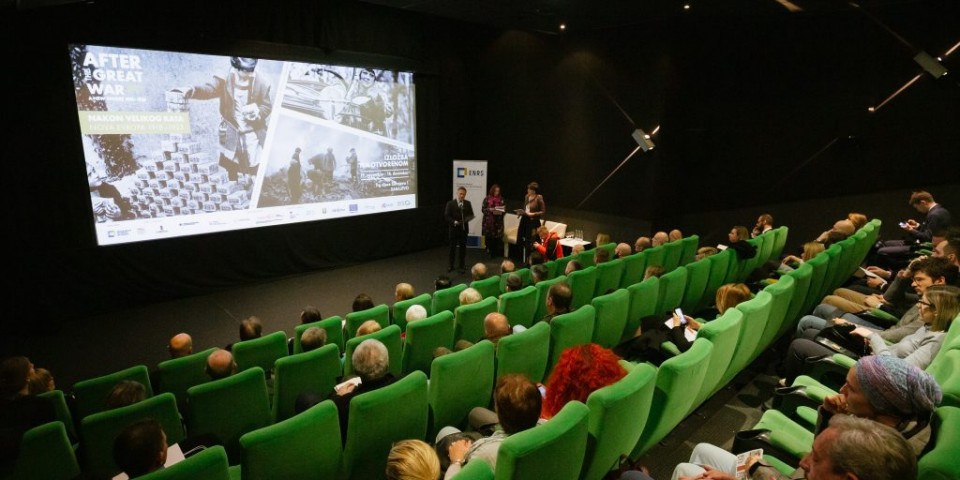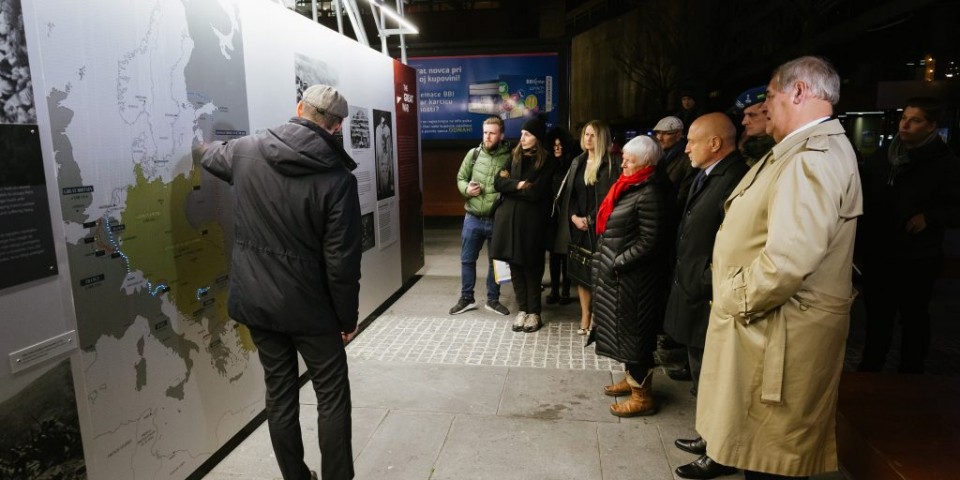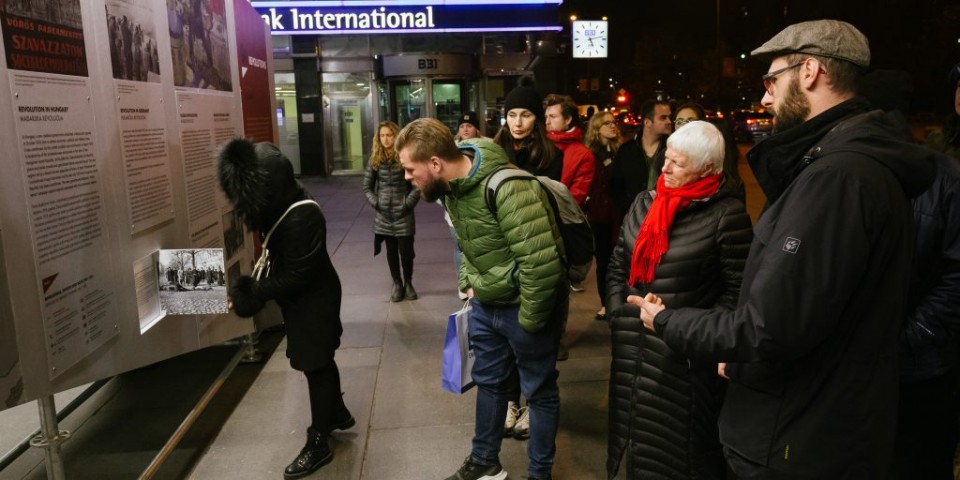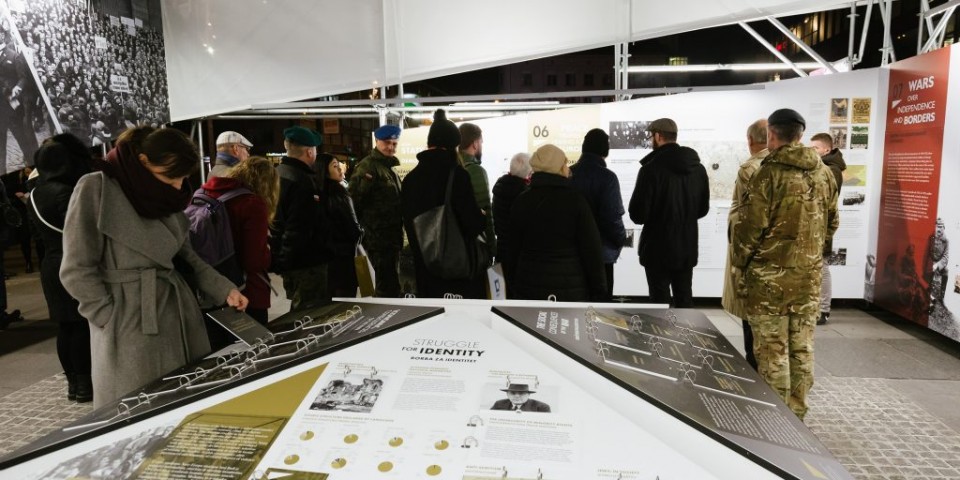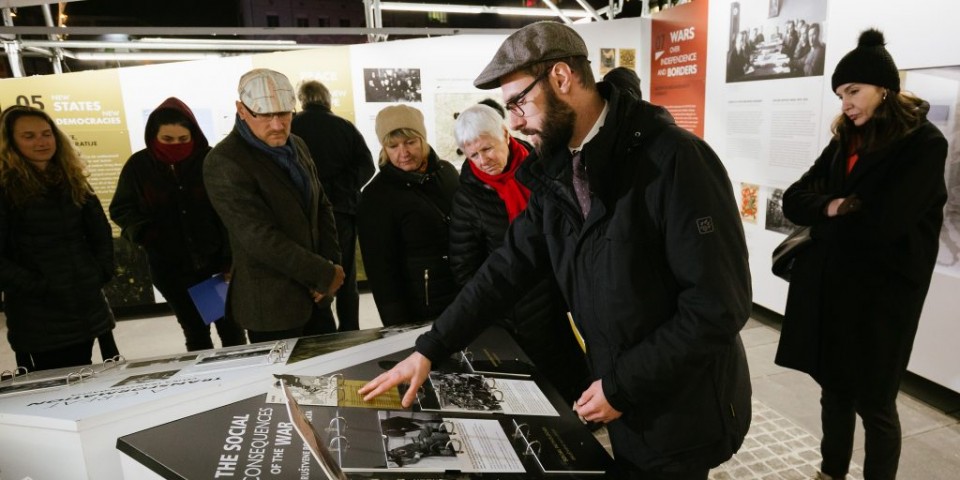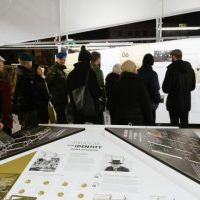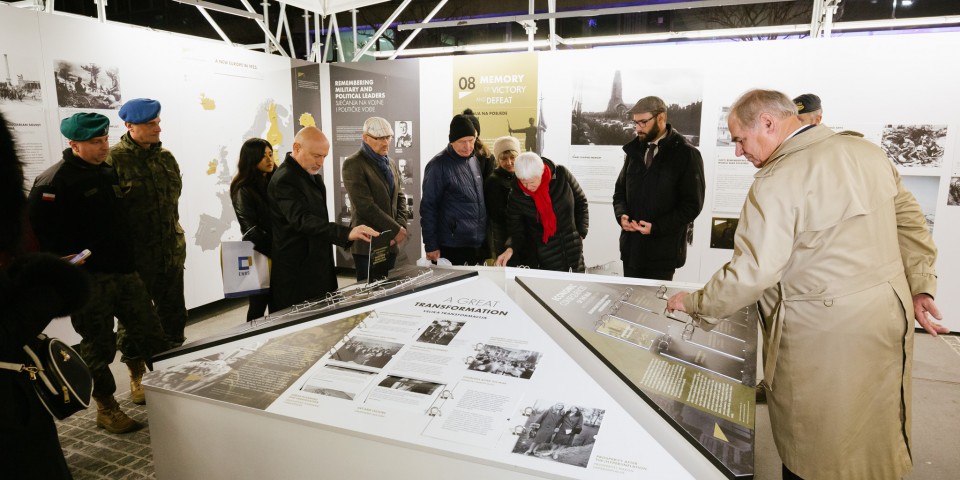
After the Great War: A New Europe 1918 – 1923
A travelling outdoor multimedia exhibition dedicated to the Great War and its aftermath, “After the Great War: A New Europe 1918- 1923”, was officially opened in Sarajevo on 19 N...
A travelling outdoor multimedia exhibition dedicated to the Great War and its aftermath, “After the Great War: A New Europe 1918- 1923”, was officially opened in Sarajevo on 19 November. For symbolic and historical reasons, Sarajevo is the second city hosting the exhibition, prepared by the European Network Remembrance and Solidarity, in cooperation with historians from over a dozen countries, in an effort to synthesize the turbulent beginning of the interwar period with a focus on Central-Eastern Europe.
“The centenary of the First World War allows us to reflect on the disastrous consequences of war and the importance of conveying European values of reconciliation, diversity and commitment to face challenges together. Europe has not always been a continent of peace – together we sowed the seeds of peace and should never take it for granted. Today, 100 years since the end of WWI, the European Union stands for peace and unity,” said Richard Máša, Chargé d’Affaires a.i of the EU Delegation to BiH during the official opening.
Over 200 archive and multimedia materials – pictures, maps and films, together with individual stories of people who lived back in these times – present a complex, yet coherent picture of New Europe. The main goal of the exhibition is to illustrate the scale of political changes and show their impact on current politics, as well as to present different national memories.
During the opening ceremony, H.E. Jaroslaw Lindenberg, Ambassador of the Republic of Poland to BiH, noted the historical relevance of the post-war period for Poles in the state-building process: “This period marked the beginning of a new era in Europe and marks great social enthusiasm in all aspects of life, including the economy, politics, as well as art and culture,” said Ambassador Lindenberg.
“Thanks to initiatives such as this one, we learn how much is common in our 20th-century histories but also how difficult it is to narrate them in a single voice. It is my hope that thanks to its attractive architectonic and visual form, this multidimensional story about the hardships of pursuing freedom – and the fact that it is not granted once and for all – will reach across the generations of Europeans, both from ‘New’ and ‘Old’ Europe,” said Rafał Rogulski, Director of the European Network Remembrance and Solidarity.
The exhibition features key political, social, economic and cultural changes typical of the 1819-1923 period, the impact and consequences of which can still be felt today. It highlights both similarities and differences in the perception of particular events by selected European countries. The exhibition will be featured in Sarajevo until 18 December 2018.

